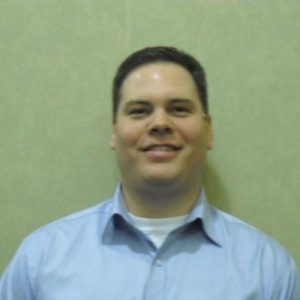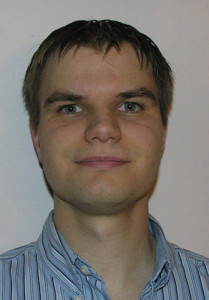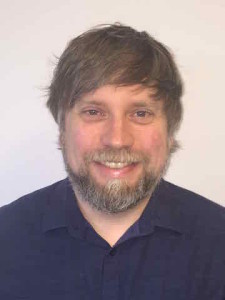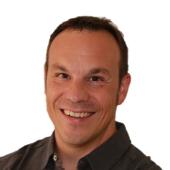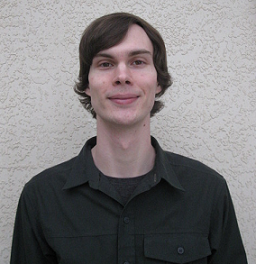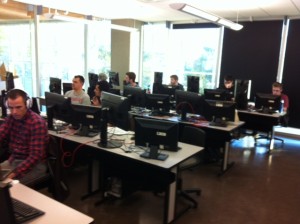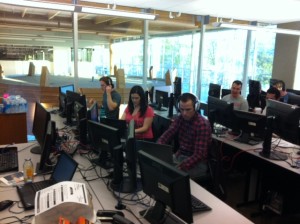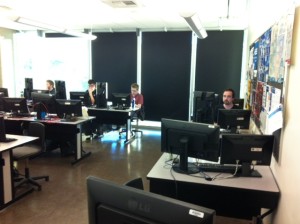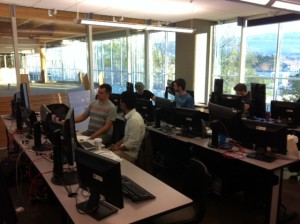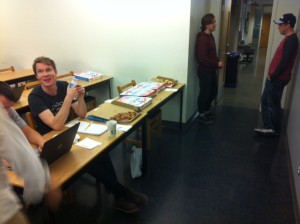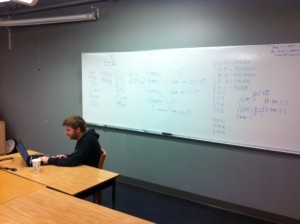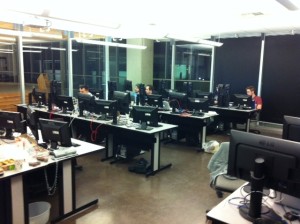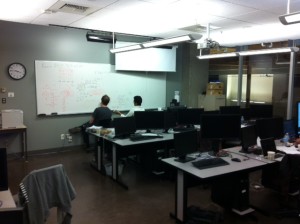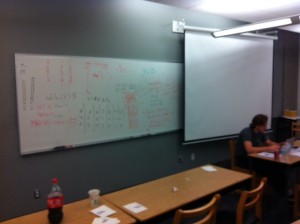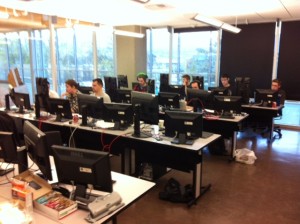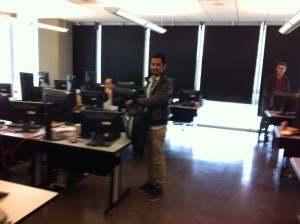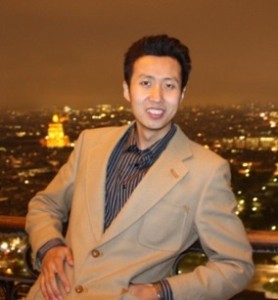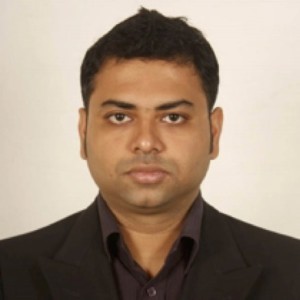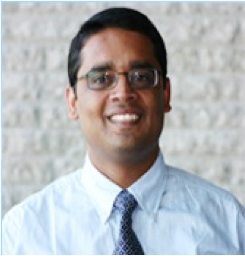IEEE Okanagan College Student Branch &
IEEE Okanagan Subsection Present
Daniel Atkinson and Martin Wallace – Okanagan College
Learning to Use Git, SourceTree, and BitBucket
Time & Date: Monday, April 25th, 2016 5:30-7:30 PM
Location: E310, Okanagan College Campus 1000 KLO Road, Kelowna, BC
Talk Abstract:
In team environments one of the greatest challenges you can encounter is how to effectively share code and resources between members or to recover from disastrous updates. Git is a version control system that effectively solves these monumental problems. Git is the most widely used version control system in the world and is used by innumerable companies and teams to distribute code and work together as a more efficient and effective whole. Of course Git is only as useful as the repository that you use to store everything and we will be covering how to use Git to interface with web repository BitBucket and how to get files into and out of a remote repository hosted on BitBucket. BitBucket is a free to use and highly versatile web-based hosting service. Finally we will be covering how to use SourceTree, a graphical Git desktop client to perform Git operations in a graphical environment.
This workshop is intended for a wide audience and assumes no previous experience with Git, BitBucket, or SourceTree. Learners will be introduced to the basics of creating a repository, pushing and pulling, and working with branches via command line and graphical user interface. At the end of the workshop, learners will be able to create and interact with repositories in two different manners and be able to collaborate with teams of any size on personal or professional projects.
Speakers Biography:
Daniel Atkinson and Martin Wallace are students and experienced research assistants at Okanagan College in the Computer Science department. Each has used Git, BitBucket, and SourceTree on several personal and professional projects including as part of their environment for a previous NSERC research project at Okanagan College.
Refreshments will be provided. For further information please contact:
Scott Fazackerley (email: scott.fazackerley@ieee.org)
Registration Page: (https://meetings.vtools.ieee.org/m/39657)




